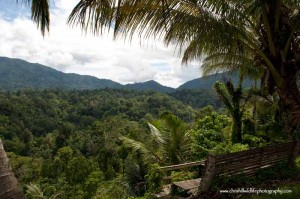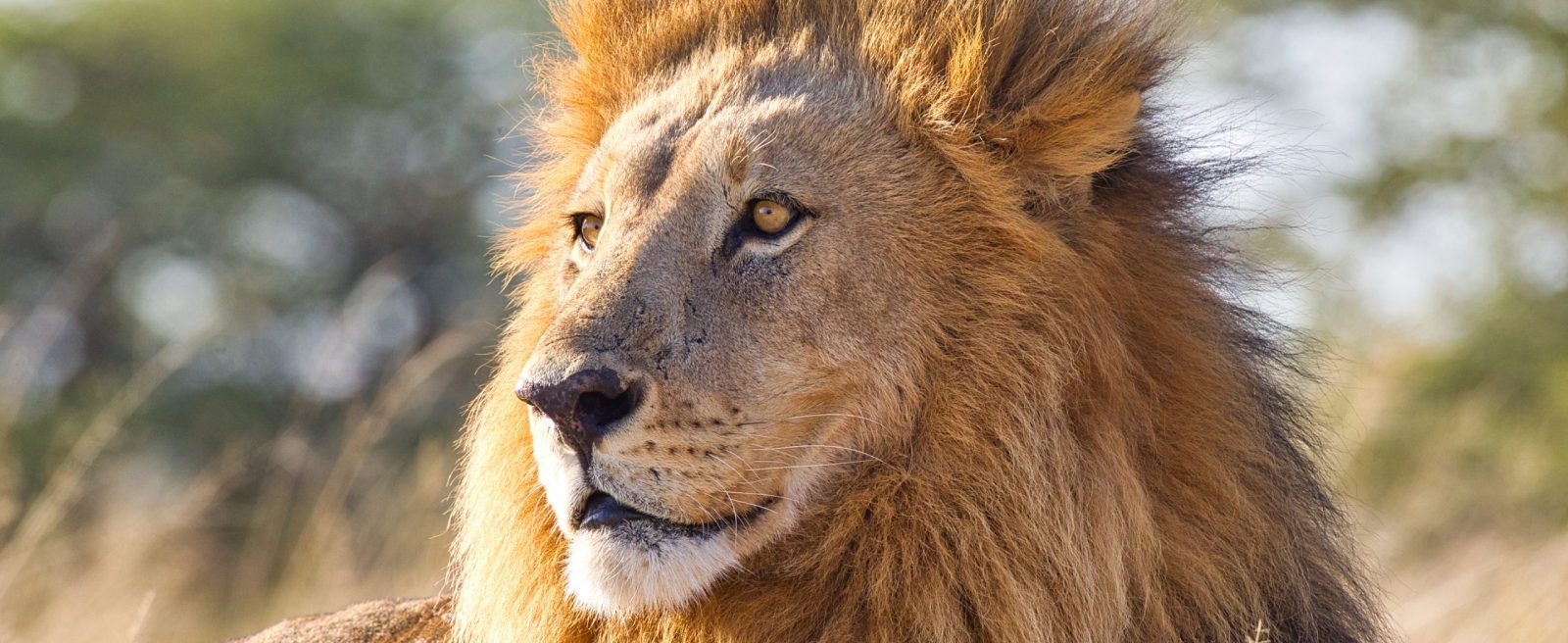
North Sulawasi – Tangkoko and the surrounding area

Tangkoko Batuangus Nature Reserve (Tangkoko) is the most accessible place to view the Sulawesi lowland fauna and flora – including around 50 of the Sulawesi endemic birds. It can also be combined with trips to the highlands (Lore Lindu) or Halmahera if time allows to increase the range of habitats visited.
Tangkoko is normally accessed via Manado Samratulangi Airport. This is a small but modern airport just outside Manado, which in Nov 2012 has flights to Singapore on Silkair three times a week as well as numerous domestic flights. Upon landing, non Asean passport holders are required to purchase a visa for US$25 from a kiosk on the first floor before heading down the stairs to Immigration and Baggage reclaim.
There is an ATM at the airport but this was not working when I arrived so I had to use a money changer (both located in the public area outside arrivals).
Tangkoko is accessed via the village of Batu Putih which is 60km from the airport (roughly an 1.5hr journey). If you have accommodation pre-booked, they can organize transport for you or alternatively you can find a taxi when you land (either from touts or more official looking taxi operators sporting pale blue uniforms). The going rate to Batu Putith is IDR 250k for both options. Going forward, I would try to prebook if possible as my taxi driver got lost a couple of time en route and also tried to demand 300k IDR as opposed to the pre-agreed 250k IDR as it “was a long way”.
Accommodation in Batu Putih is in the form of 5 home stays. Three of which are located opposite the entrance road to the reserve – Tangkoko Ranger Station, Tarsius Homestay and Mama Roos. The other two options are further from the gate. I stayed at Mama Roos largely due to the reputation of their resident bird guide, Samuel.

In November, costs for full board were 300k IDR for a couple or 200k IDR for a single traveller. This included basic, but clean, accommodation and three full meals. Breakfast was tea / coffee and bread, bananas, jams etc, whereas lunch and dinner are lovely cooked meals of 3-4 dishes. Guiding including all reserve fees was 350k IDR per person a day (or 200k IDR for a half day).
No beer or soft drinks are sold at Mama Roos but there are a couple of small shops along the road into the village where it is possible to buy drinks, snacks and other small items. Drinks can be kept in the fridges at Mama Roos and cold water, tea and coffee are freely available.
The homestays have a limited number of rooms (~8 each) but the majority of visitors largely visit Tangkoko solely to see the tarsiers and are usually bused in or are on private day trips. It is therefore possible to turn up without a booking but I would recommend making a reservation, especially in the high season (June-August). The other advantage of booking is securing the services of Samuel (or one of the few bird guides) – this will make a big difference to the productivity of your trip.
Bird and Wildlife Watching Sites
The main sites usually visited by birders in the area are:
(1) Tangkoko Reserve itself

The birding starts from right infront of the homestays on the dirt road into the Reserve. In November 2012, the Red Backed Thrush was seen and heard along the first part of this road, just after the bridge. The road runs for a few kms past the park entrance and turn off to the campground to a research station. From there, walking trails head into the forest. The whole road was productive at different times for different species. The open area near the campground is also worth a look for parrots and doves whereas the trails were best for the kingfishers and also the pitta. Just after the bridge (about 100m from the home stays) there is an open area on the right which is being built on – this is reputably good for the Sulawesi Nightjar but we were never here at the right time (dusk) to find out! This forest is the best place for 3 of Sulawesi’s endemic kingfishers – Green Backed, Lilac Cheeked and Sulawesi Dwarf.
(2) Temboan Hill (Hornbill Lookout)

About 10km on the road from Batu Putih back to Manado is a small ridge which offers a good viewpoint over the Tangkoko forest. The main lookout is good for distant hornbills and the Sulawesi Raptors, but there is also a trail which heads downhill to the left of the main viewpoint, which gets you closer to the forest. From dawn to about 9am, this is a great spot for a variety of Tangkoko’s forest birds – particularly Hanging parrots, Racquet-tails, Mynas and Pigeons – plus both of Sulawesi’s endemic hornbills (Knobbed and Sulawesi Dwarf).
(3) Tangkoko Mangrove

The main reason birders visit the mangrove is to try for the Black Billed Kingfisher (another of Sulawesi’s endemic kingfishers). Other good birds can be seen, including terns and frigate birds en route as well as cuckoo shrikes, waders, black bitten etc in the mangrove area.
The homestays can arrange for an outrigger to be hired to take you to the mangrove. This normally lasts a couple of hours and cost 300k IDR in November 2012. The outrigger was a very stable platform (as boats go) and I had no problems using my 500mm and tripod.
(4) Mount Mahawu

Mount Mahawu is the other side of Manado and is the easiest place to try for the last of Sulawesi’s endemic kingfishers – the Scaly Breasted. The only other know spot for this necessitates climbing and camping overnight on Gunung Tangkoko. The actual spot for the kingfisher is about 50m off the road up Mt Mahawu but it is essential to be there before dawn. We left Batu Putih at 2:30am and arrived at 4:15am allowing a buffer for traffic before heading to the actual stake-out at 5am. After trying for the kingfisher, most head to the summit of the mountain and bird the road on the way back down, picking up a range of different species at the higher altitude.
Mt Mahawu is actually a dormant volcano but the next volcano over (Mt Lokon) is one of the 129 active volcanos in Indonesia and eruptions of varying intensity are regularly recorded (the last ‘major’ one being in 1999).
Surprisingly, the only leech encountered was near the Scaly Breasted Kingfisher stake-out spot. There were a few mosquitoes around in the other areas but generally on par with other Asian rainforest sites (certainly no worse).
FURTHER INFORMATION: Tangkoko Trip Report – November 2012
